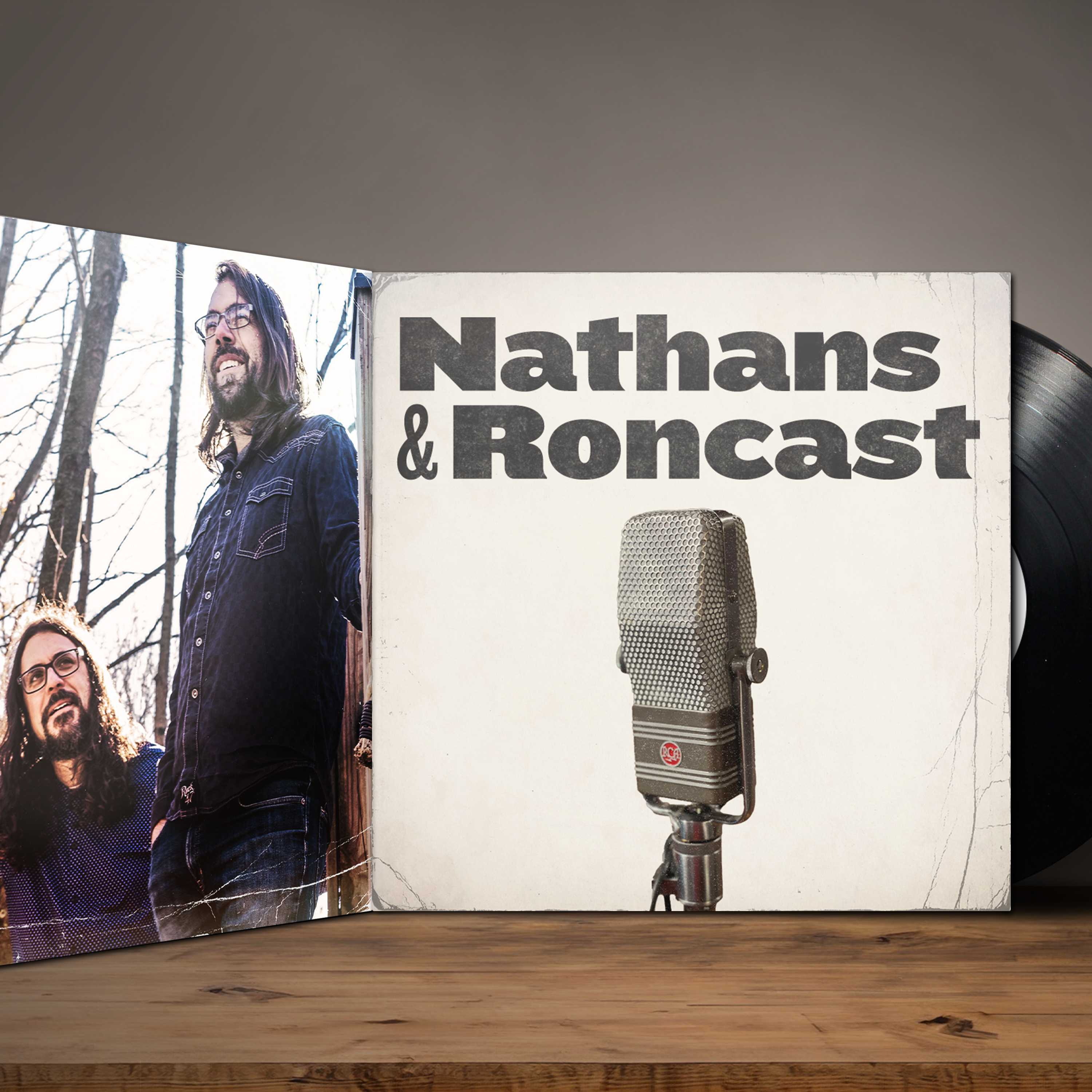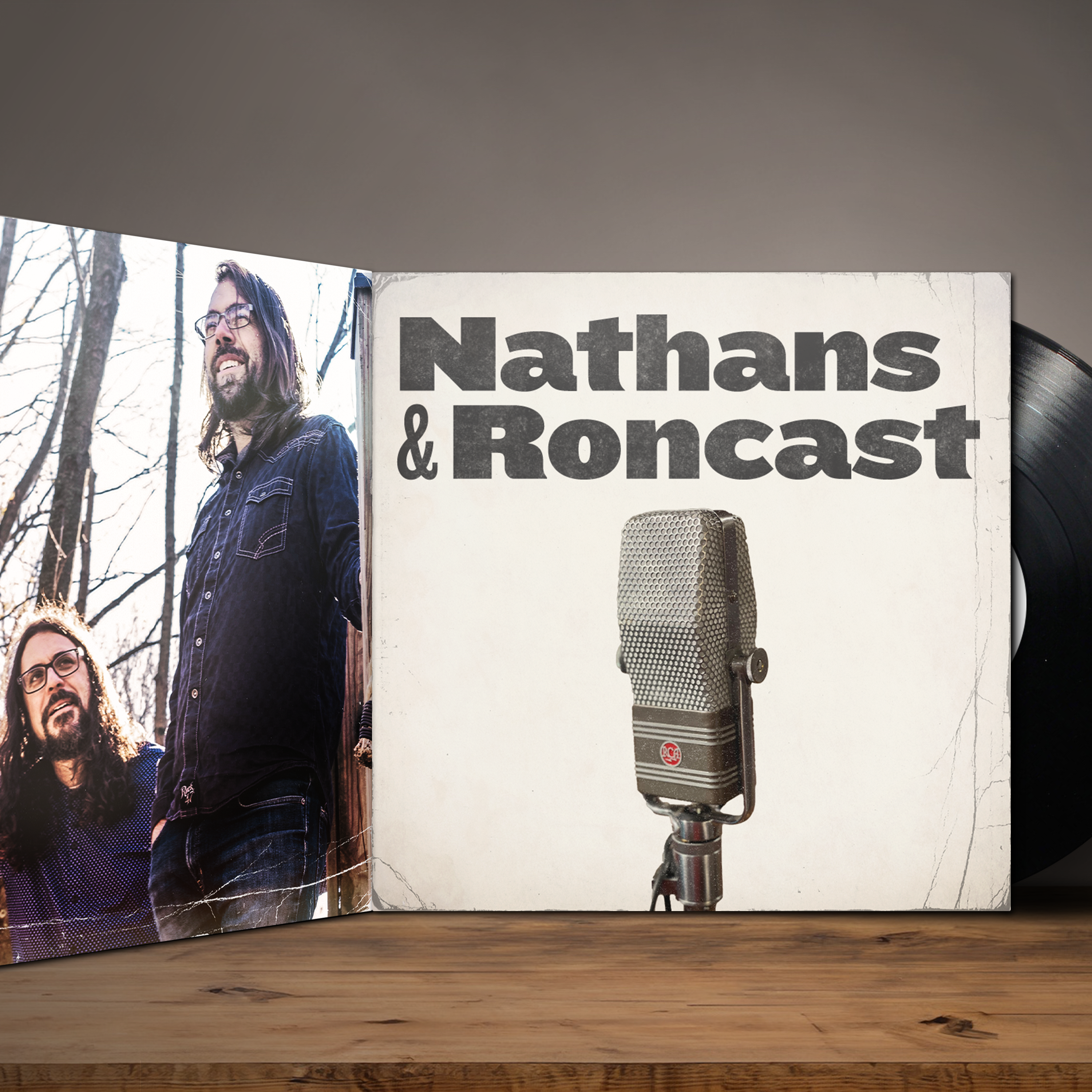Episode Transcript
[00:00:12] Hello. This is the Nathans and Roncast, a podcast about the song craft and musicianship behind the songs we love. I'm Aaron Nathans and today I'm going to highlight a song written by one of my favorite songwriters, Richard Schindelle. I appreciate what he's done to bring the folk genre into modern times. He's a great story songwriter and wow, can he play guitar. Both of those skills, songwriting and guitar work, are on vivid display on one of his trademark songs, you stay here, off his album Somewhere near Patterson, which was released in the year 2000. It's a song about foraging and living off the land. At least that's what I think it's about.
[00:00:52] There's a vein of every man for himself that runs across this album, sadness, darkness, loss, addiction. But he does it with such amazing ear candy and stellar production, with such poetic lyrics. You'll thoroughly enjoy the journey. I may have first heard you stay here as covered by the Wisconsin based songwriter and guitar wizard Willie Porter, and the intricate guitar work is certainly the song's signature, but I want to put that aside for a moment and look at the structure of this song itself because underneath that deceptively sweet as a summer breeze finger picking pattern is a really interesting twist on an old, strong writing structure. The most common structure in song goes like this verse chorus, verse chorus bridge chorus, otherwise known as aBABCB. There are ways to supplement that, but this is the most common template for writing a song. There are a lot of other song structures. There's ABaB, such as we are the champions, there's ABABC, think hey Jude where the cs are the na na na's. I'm not gonna even get into the more modern structures that rely more on beats than on a strong chorus. What Richard Schindel is doing here is a twist on a songwriting style that was made popular by Bob Dylan, but it's been around forever. Think about don't think twice, it's alright think about it twice if you want theres no strong chorus here. Instead, each section of the song begins the same way it starts out well it aint no use to sit and wonder why babe or it aint no use in turning on your light babe or it aint no use in calling out my name gal this style uses repetition as its calling card. A lot of Dylan songs are like that. Another example is all I really want to do I aint lookin to compete with you no I aint looking to fight with you I ain't looking to block you up a zillion songs use this structure known as aaa. Even old Macdonald uses the structure. Schindel uses the same method throughout the five and a half verses of you stay here. In fact, the opening line of each section is exactly the same. You stay here and I'll go look for dot, dot, dot. And then in each verse, it's a different thing. In the first verse it's would you stay here and I'll go look for wood. Do not fear, I'll be back soon enough. Do not let the fire die neither let it burn too bright. And that's the end of the verse before the next. You stay here line. That's where it differs from what Dylan does, because so many of Dylan's songs that use this structure also rely on repetition. At the end of each section, for instance, don't think twice ends every section with those signature words. Don't think twice, it's all right. Or in all I really want to do each section ends with, all I really want to do is baby, be friends with you. There is no such soft landing in you stay here. And maybe that's part of what makes the song so unsettling. The second verse goes, you stay here and I'll go look for bread and if I can, some sugar for the kids dry your eyes, I'll be all right I know where they've laid the mines. And then some finger picking. And then we're into the third section looking for coats scattered out on the road, and in the fourth section, about packing guns and fighting tigers. And finally, in the final section, the narrator is fighting God himself. I will bring him back with me. Make him listen, make him see. And finally, Shindel brings it in for a landing with the main thing that ties the song together, the starting lines. You stay here and I'll go look for wood.
[00:04:32] End of song. It's incredibly effective. And while I can't play the song for you here, there are a zillion places for you to go hear it. So please do. And if you're not a Richard Schindell fan and you want to become one, start there. It's a wonderful journey. Thanks for listening to the Nathans and Roncast. I'm Aaron Nathans. Talk with you soon. Peace.


